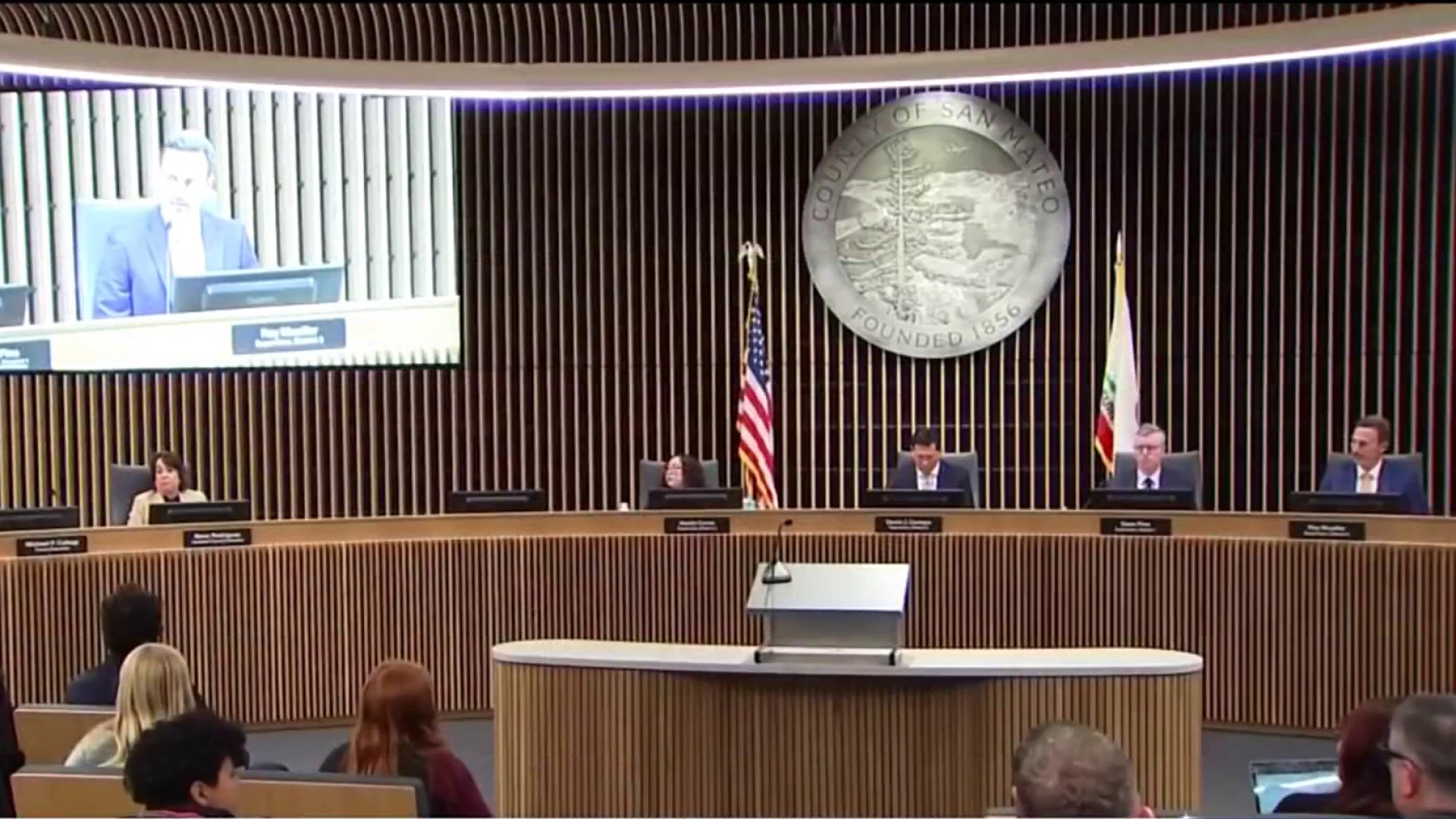California hospital overcrowding disproportionately affects minority patients, according to a study published today.
The study by UC San Francisco, Stanford University and UCLA researchers measured hospital overcrowding in 202 California facilities by analyzing ambulance diversion rates, or how often ambulances are turned away from an emergency department. They found that hospitals that serve large minority populations were more likely to divert ambulances to other hospitals.
These findings “are a matter of concern given that ambulance diversion has been associated with poorer health outcomes,” the study said.
Ambulance diversion is sometimes used when an emergency room has become so crowded that it is deemed dangerous to admit additional patients, and the study authors used the practice as an indicator of overcrowding.
Nonelderly minorities in California are less likely than whites to have health insurance, according to the Henry J. Kaiser Family Foundation, and researchers noted that they are also more likely to use emergency rooms for safety net care, or health care for low-income or uninsured individuals.
Hospitals serving large minority populations may be more crowded because there are fewer hospitals in their communities, researchers said.
“People think sometimes that there is a government body that has oversight of the supply and demand of emergency department care and that there is a rational system in place,” said Renee Hsia, the lead author of the study and an assistant professor of emergency medicine at UCSF. “But that’s not how the health care system works; it’s market driven. The emergency departments in some communities tend to be cost centers because they serve uninsured patients and some are revenue centers because they are bringing in paying patients.”
Local
Organizations like the California Hospital Association and the emergency physicians professional organization CEP America said that hospitals are also overcrowded because some patients don't have access to preventive and primary care.
“The real issue is there needs to be places for people to go with their primary care needs – that’s what this is about,” said Ellis Weeker, vice president of CEP America and a practicing emergency department doctor in San Jose. “The reason minorities use the emergency department more can be attributed to the fact that they can’t find a primary care physician to see them. The answer is not more hospitals or emergency departments; it’s more alternatives for people so that if you have a more routine medical problem, it doesn’t need to be cared for in the emergency department.”
Ambulance diversions are not always the result of overcrowding, some physicians noted. Diversions also happen if the emergency room doesn’t have the proper equipment or specialist to address a specific medical problem.
“If you have two cases in the operating room and another case waiting and then a car accident comes in, those patients need care right away,” said David Perrott, senior vice president and chief medical officer of the California Hospital Association. "What can also happen in an inner-city hospital is that it may not provide the full scope of services, and you may need a diversion because you don’t have a neurosurgeon, for example.”
The new study looked at diversions due to "emergency department saturation," or episodes when it is overcrowded, Hsia said.
Determining when to institute an ambulance diversion is complicated and controversial, medical experts said. According to a policy brief issued by the California HealthCare Foundation in 2009, diversionsare “unhealthy for the patient from the standpoint of quality, outcome, and length of stay. It is unhealthy for the community because it delivers patients to a hospital that may not be the best fit for their individual and immediate needs.”
Weeker of CEP America said that the practice has improved. “It was very unregulated and random if you go back 25 years, and there were very poor management of diversions,” Weeker said. “It has become more regulated and the emergency medical system agencies have gotten involved and people are more thoughtful about what to do.”
In California, ambulance diversion policies are drafted by the 31 local emergency management agencies. Some hospitals use software programs to track the volume of emergency department patients in their area. Some hospitals also have “pre-diversion plans” in place to avoid the practice.
The new study concluded that “system-level policies, whether at the hospital or county level, regulating ambulance diversion may help policy makers, health care providers, and hospital administrators reduce diversion and its associated inequalities.”
Lead author Hsia added that even though minorities tended to be most affected by ambulance diversion and hospital overcrowding, it’s an issue that has ripple effects on all patients.
“What ends up happening is if your hospital goes into diversion, it affects other hospitals and it’s like a domino effect,” Hsia said. “The effects are not just on patients in the emergency department; it’s on people waiting for an ambulance that might be out of commission because it is circling the city (to get to a hospital that will accept the patient). The overall effects are felt by everybody.”
View this story on California Watch
This story was produced by California Watch, a part of the nonprofit Center for Investigative Reporting. Learn more at www.californiawatch.org.



